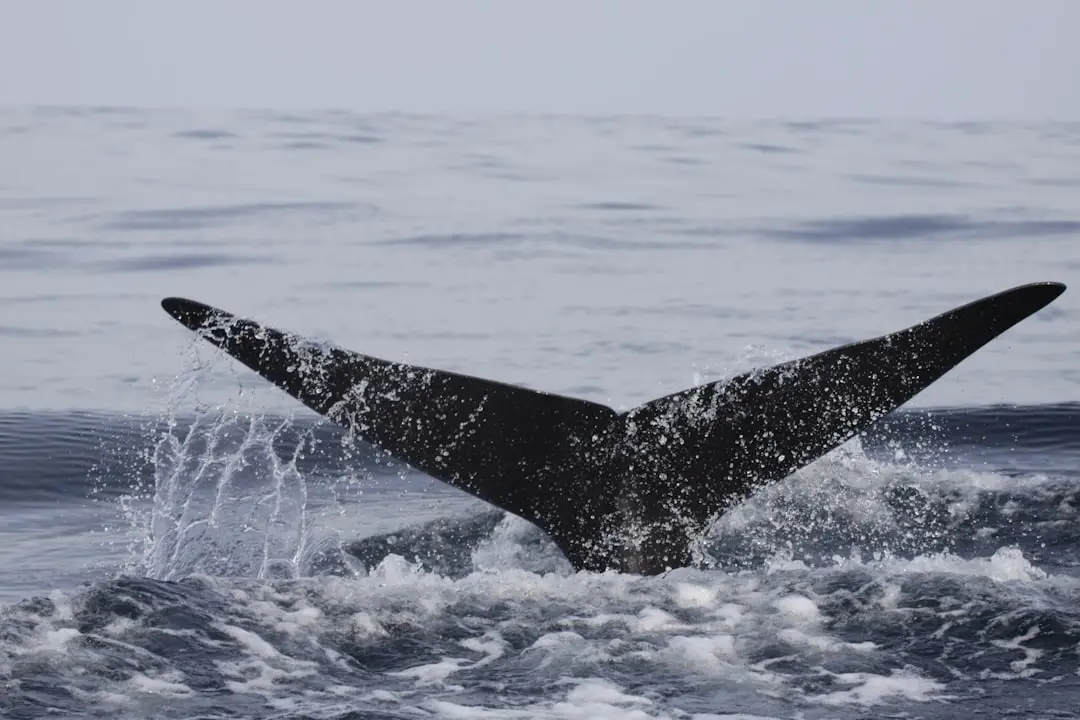
In a groundbreaking use of technology, scientists are now able to track the migration patterns of humpback whales with the help of artificial intelligence. This innovative approach is shedding new light on the movements of these majestic creatures and providing valuable insights into their behavior.
Using AI technology, researchers are able to analyze vast amounts of data collected from satellite tags attached to the whales. These tags transmit information about the whales’ location, depth, and movement patterns, allowing scientists to piece together a comprehensive picture of their migration routes.
By tracking the whales in real-time, researchers can better understand how environmental factors such as temperature, currents, and food availability influence their movements. This information is crucial for conservation efforts aimed at protecting humpback whale populations and ensuring their long-term survival.
The use of AI technology in tracking humpback whale migration represents a major advancement in marine science. By harnessing the power of artificial intelligence, scientists are able to gather data more efficiently and accurately than ever before, leading to new discoveries and insights into the lives of these incredible animals.
As technology continues to evolve, we can expect to see more innovative uses of AI in the field of marine biology and conservation. The ability to track and monitor wildlife in real-time is revolutionizing our understanding of the natural world and helping to protect endangered species for future generations.
Source: PBS







